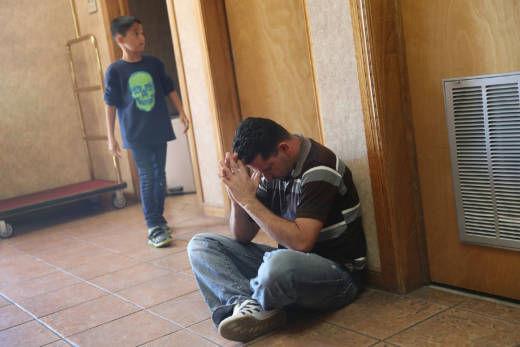On Monday, U.S. District Judge Dana Sabraw ordered the federal government to produce a plan that reunifies migrant children in the United States with their deported parents. The order is the latest development in the ongoing family separation case prompted by President Trump's zero tolerance immigration policy.
The American Civil Liberties Union (ACLU) will also have to produce a plan that would reunify the 431 migrant children still in the U.S. with their parents, who have already been deported.
The ruling effectively continues a moratorium on deportations of separated and reunited families, which Sabraw implemented as he waits to get updates on the progress of family separations. The government has agreed to halt deportations for the time being as another case involving family separation works its way through a federal court in Washington, D.C. Sabraw’s ruling came despite arguments from government officials that the San Diego-based judge did not have the authority to halt deportations.
Sabraw’s ruling follows two affidavits filed by the ACLU alleging U.S. Immigration and Customs Enforcement (ICE) officers are purposely misleading migrant parents separated from their children into agreeing to deportation.
According to an affidavit provided by attorney Laila Arand under penalty of perjury, four parents separated in Texas were handed forms by ICE agents with three options: parents could either choose to be deported immediately with their children, to be deported without their children -- should they lose their immigration case -- or to talk to an attorney before deciding what to do.
